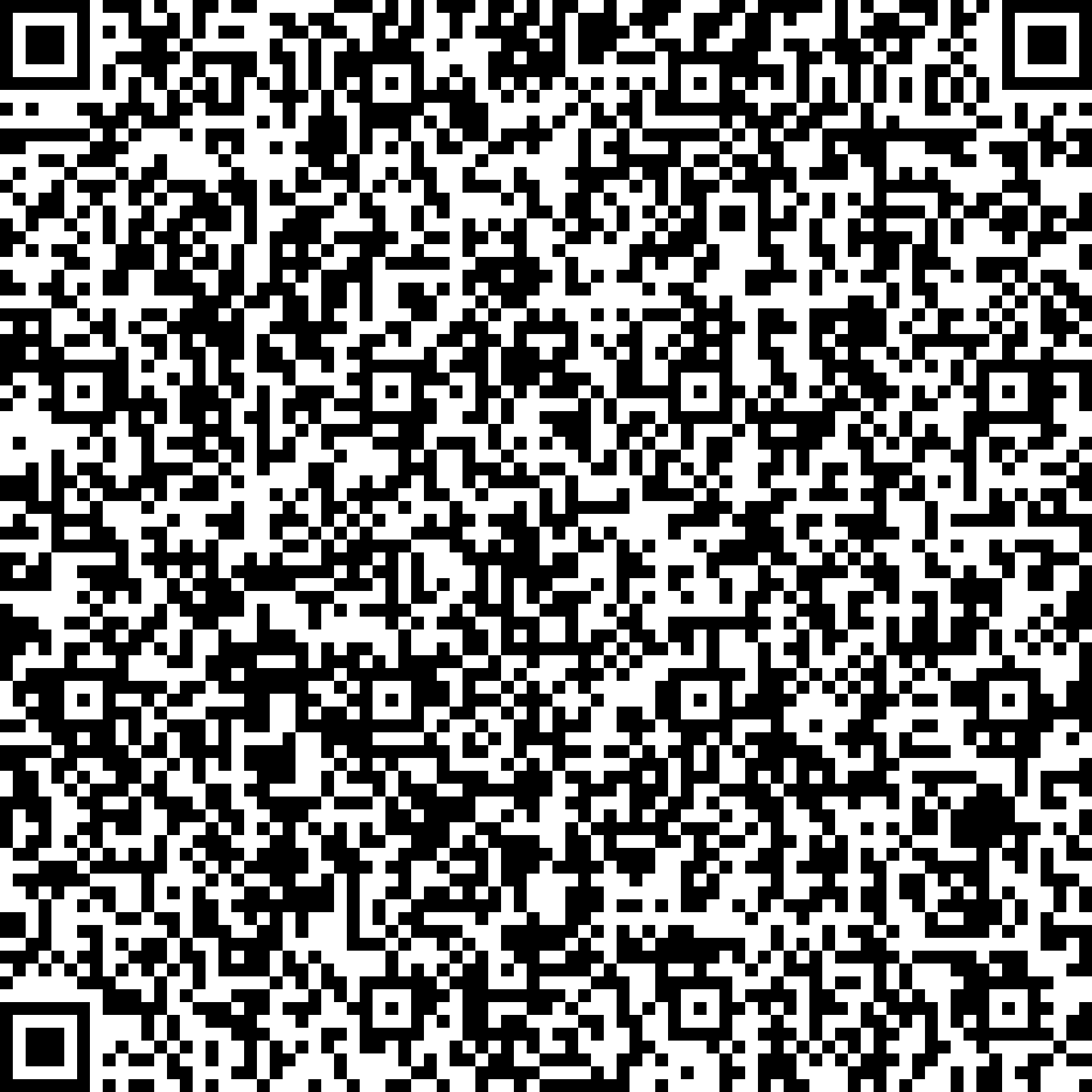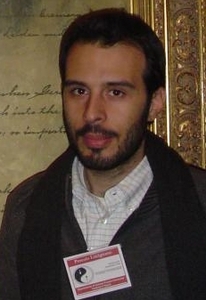


In the presence of magnetic impurities, the resistance of a metal shows an unexpected low temperature minimum: this is the so called Kondo effect. Since its first experimental observation, in 1934, the Kondo effect has been extensively studied trough the years. In this seminar I will briefly review the milestones of the theoretical understanding of Kondo effect. I will start from the early approaches of Anderson and then discuss the problem of low temperature logarithmic divergences emerging in the perturbative analysis of Kondo Hamiltonian. Then I will discuss perturbative and nonperturbative renormalization schemes developed in order to regularize such divergences: in particular, I will focus on the simple Anderson's ``Poor Man scaling'' approach and then only schetch the Numerical Renormalization Group solution proposed by Wilson, whose detailed discussion will be given in the technical lecture. Recently, a renewed interest in Kondo physics is arriving from nanophysics. In fact, single channel, multi channel and orbital Kondo effect have been observed in many kinds of nanostructures.



In the presence of magnetic impurities, the resistance of a metal shows an unexpected low temperature minimum: this is the so called Kondo effect. Since its first experimental observation, in 1934, the Kondo effect has been extensively studied trough the years. In this seminar I will briefly review the milestones of the theoretical understanding of Kondo effect. I will start from the early approaches of Anderson and then discuss the problem of low temperature logarithmic divergences emerging in the perturbative analysis of Kondo Hamiltonian. Then I will discuss perturbative and nonperturbative renormalization schemes developed in order to regularize such divergences: in particular, I will focus on the simple Anderson's ``Poor Man scaling'' approach and then only schetch the Numerical Renormalization Group solution proposed by Wilson, whose detailed discussion will be given in the technical lecture. Recently, a renewed interest in Kondo physics is arriving from nanophysics. In fact, single channel, multi channel and orbital Kondo effect have been observed in many kinds of nanostructures.